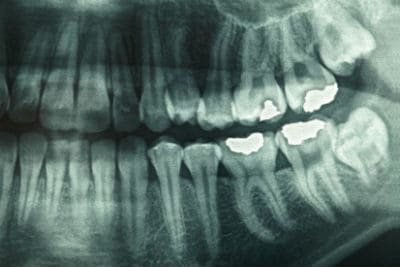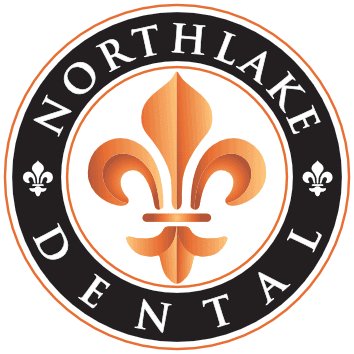Basic Dental Health Information
FILLINGS
Fillings are performed to remove decay, and replace the affected tooth structure. It is called a filling because a new material fills the hole that decay left. Now a days, most teeth are treated with bonded tooth colored composite resin fillings. Caught early enough, cavities can be treated easily and painlessly. If not treated, decay can lead to tooth pain and/or infection, and the tooth could eventually need root canal treatment or extraction.
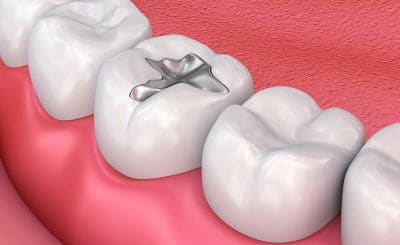
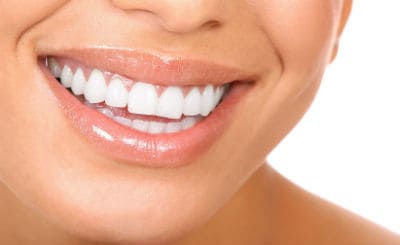
BONDING
Bonding involves adhering composite resin material that is matched to the color of the tooth, to the front of the tooth. This is done to repair damage done to the tooth by decay, to alter the alignment of the tooth, close gaps between the teeth, or for cosmetic purposes. First the surface of the tooth is roughened in order to accept the bonding and hold it. A gel is applied to micro etch the tooth surface, and a primer/bond agent is applied so the material adheres to the surface. Then the material itself is placed on the tooth and hardened with intense light. The composite resin material is shaped and polished to get a lustrous finish as a last step.
SEALANTS
Sealants are used to fill in narrow grooves in a tooth that cannot be adequately cleaned by brushing. In some cases, the tooth structure has fine grooves or pits which accumulate plaque, not because the person doesn’t brush, but because they’re too narrow to allow even one bristle into them. These will develop cavities over time, sometimes without any symptoms. The dentist or hygienist will place a coating that seals the grooves and pits, making it possible to brush off all the plaque and keep your teeth healthy.
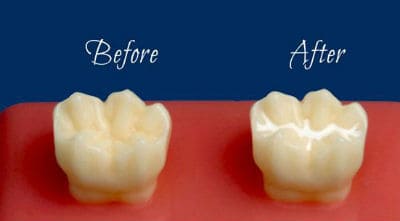
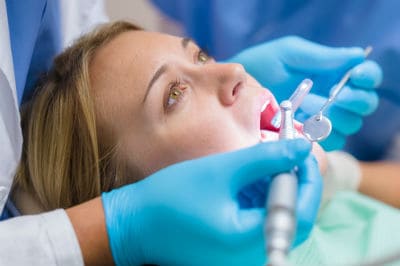
NON-SURGICAL GUM TREATMENTS
The gums, ligaments, and bone around the teeth form the foundation and support for one’s teeth. All structures are referred to as the periodontium. When the periodontium is not healthy, it jeopardizes the support of the teeth, just as a bad foundation would threaten the stability of a house. Signs of unhealthy periodontium (gum disease) may be as follows: gums that are red and bleed easily, persistent bad breath, gums that are pulled away from the tooth, loose teeth, and changes in the position or bite of the teeth. Any of these signs may mean something is wrong. With the proper care (periodontal therapy), it may be possible to return them to a healthier state. Routine professional cleanings are vital to maintain a healthy periodontium. If you’re having a problem, come in and see us so we can take care of it right away. The treatment usually involves a deep cleaning or root planing done under a local anesthetic, along with local antibiotic agents. If the gum disease gets too severe, you may need to be treated with surgery or extraction. This is why it is important to get it treated at the first sign of a problem.
X-RAYS
A focused beam of X-Ray particles passes through bone, which produces an image on special film, showing the structure through which it passed. This gives the familiar black and white images that doctors and dentists use to diagnose problems. X-rays are a necessary part of the diagnostic process, and to refuse them could lead to undiagnosed disease. Without an X-ray of the whole tooth, and supporting bone and gum tissues, there is no real way to detect infection or pathology that requires attention. Our examinations include a visual and X-ray component for proper diagnosis. We understand concerns you may have about receiving too much radiation. In our office we use digital radiography which allows us to take X-rays using 50-70% less radiation versus conventional X-rays. Coupled with computer monitoring, digital x-ray technology allows us to enhance the images for better diagnosis of any dental concerns. We also routinely use lead aprons to minimize overall exposure to the body from scattered radiation. Your health is important to us and we take every precaution to keep your exposure to radiation at the lowest levels. We adhere to the American Dental Association guidelines for determining when X-rays are recommended for patients of all ages and various levels of dental health.
